Golfweek Features Jerry Pate Design and Teeth of the Dog - Read More
To some, grass is grass. But any landscape expert knows that there are quite a few options with different pros and cons for grass cover. Everything from how much shade a location gets to the levels of humidity in a certain climate to the wildlife traversing it—and more—can influence the choice you should make. In the context of commercial landscaping, the expected foot traffic should also play a huge role in this decision. So, today we’re going to share a bit of our own expertise … here are five types of grass you could consider for your commercial landscape.
#1 St. Augustine Grass
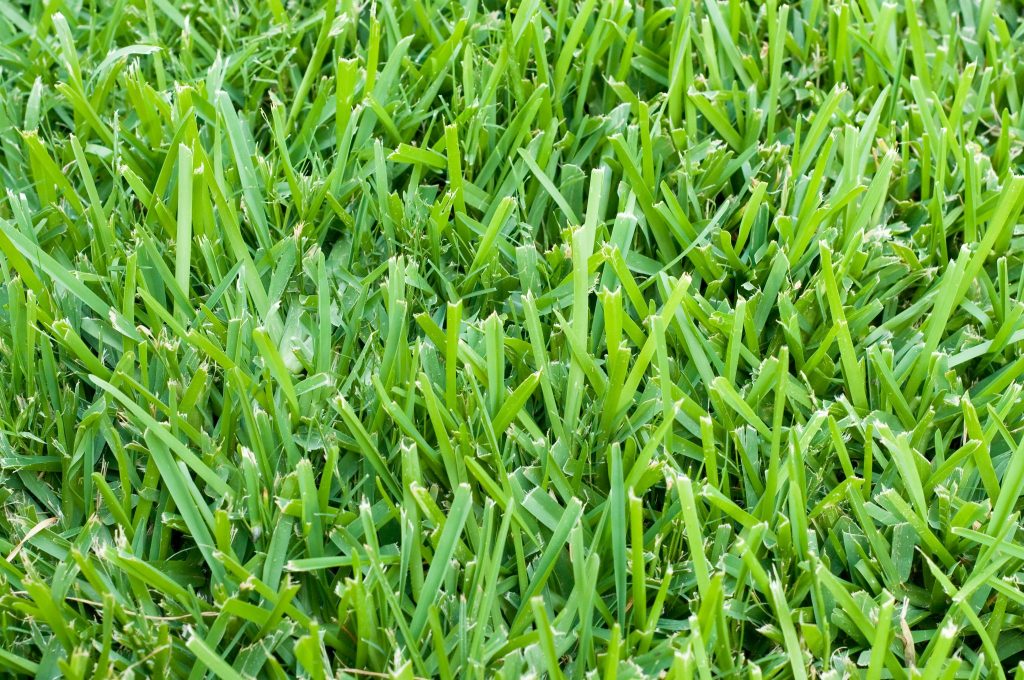
We’re starting with this out of the types of grass because of its beauty! St. Augustine, a warm-season turf grass, also can tolerate a bit more shade than some types of turf, which makes it a popular choice for partly shaded lawns. However, it can be a little more maintenance than some other types, as it can be susceptible to disease and pest pressures. But in the South, that doesn’t tend to be a problem! It also doesn’t necessarily do great with intense foot traffic. But for a patch of grass within a more visual landscape feature, you can’t beat its lush green look.
#2 Tall Fescue
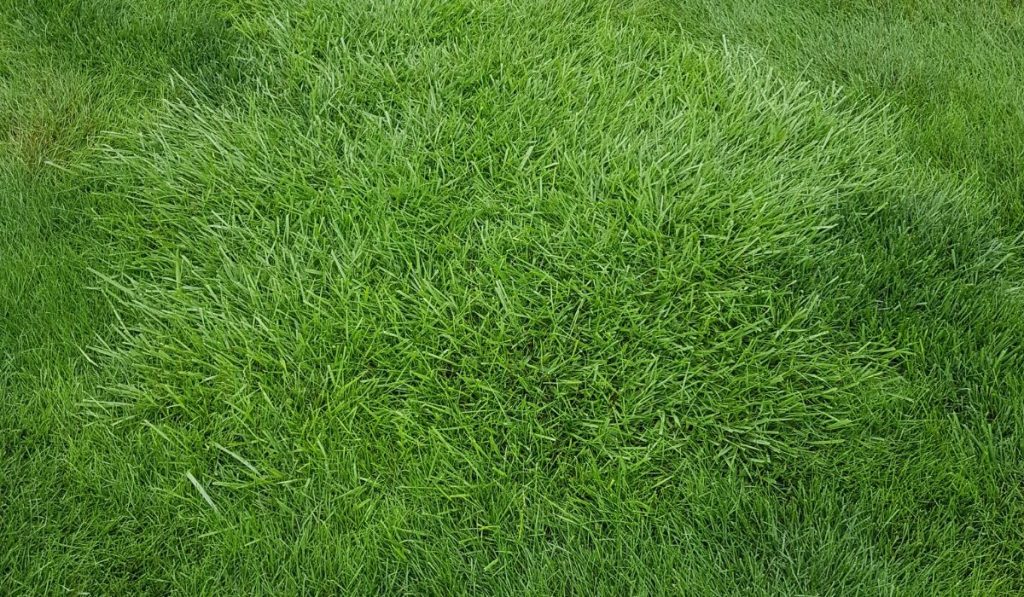
Tall fescue is very durable for cool-season lawns in more northern climates. Its robust blades are connected to strong, deep roots; although, it may feel somewhat course under bare feet. Yet in the commercial setting, people will be wearing shoes anyway, so its texture is no real issue. If you know you’ll have a lot of traffic, this is a favorite among types of grass!
The only downside here is that it prefers cold weather, so for our many Southern climates, this one is not an option.
#3 Perennial Ryegrass
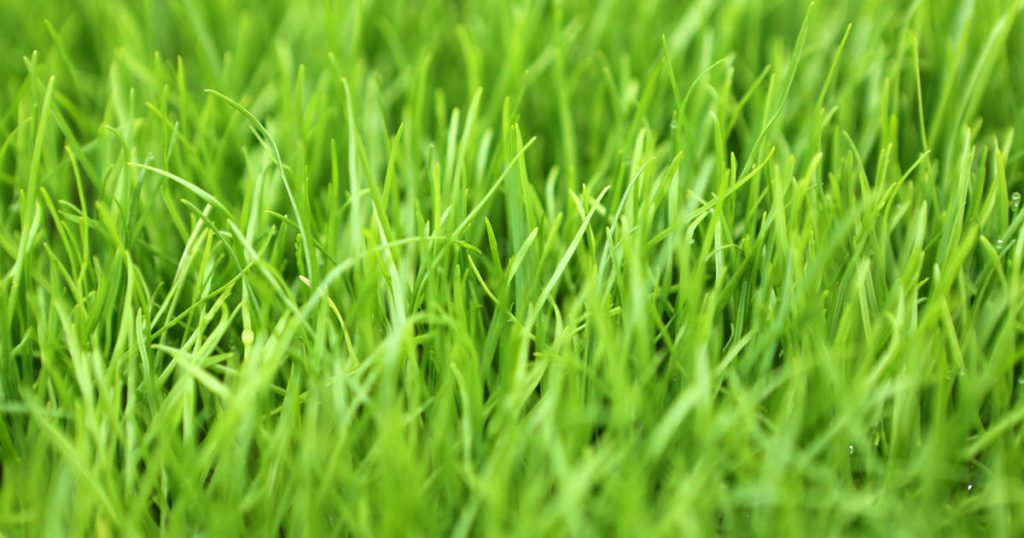
Alongside tall fescue, there is another durable favorite: perennial ryegrass. Here at Jerry Pate Design, we are familiar with this as one of our go-to types of grass for golf course design—for which it is often mixed with the tall fescue. Not only does it fare well among foot traffic, it also grows quickly and is a drought-resistant grass variety. A win-win for golf course or low-maintenance commercial landscapes! Again, this is a cool-season grass is ideal for northern climates. In southern climates, ryegrass can be used for winter overseeding.
#4 Zoysia Grass
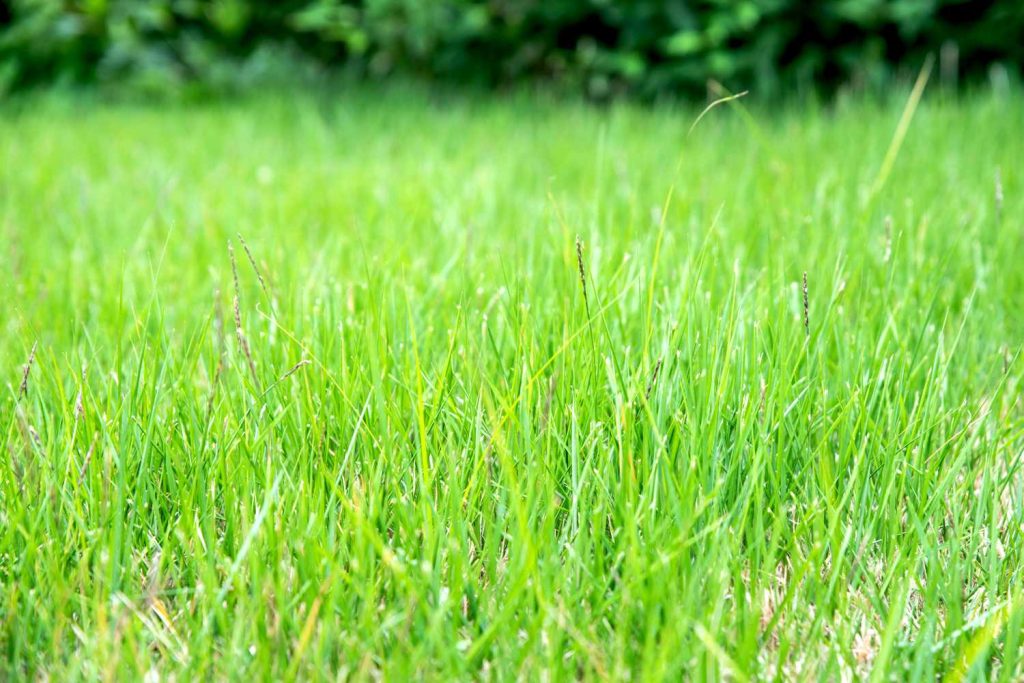
When it comes to types of grass that thrive in warmer climates like our own, Zoysia grass is a standout. It grows thick and dense, which lends durability. But it also does well in a lot of soil types and loves the heat. The downside of this one is that some varieties can be expensive to install, so be sure to research specific varieties for your particular climate, use, and goals.
#5 Bermudagrass
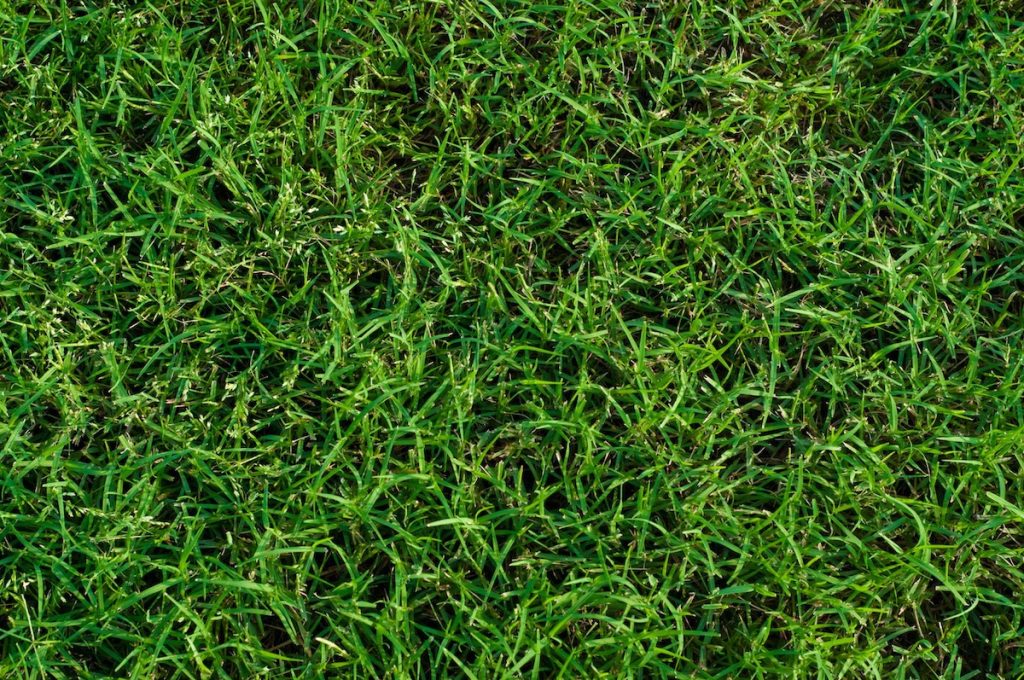
A warmth-loving cousin to Zoysia grass, Bermudagrass, also a good golf course and sports field turf, is tolerant of drought and able to deal with a ton of foot traffic, stormwater, etc. It requires full sun, grows quickly and has decent resistance to disease and pests. All of that said, Bermudagrass may be the most sensitive out of the types of grass to cold weather. It will turn dormant during cold snaps, even though some genetic changes have improved cold tolerance.
Types of Grass Should Vary with Your Needs
As with many aspects of landscape architecture, the types of grass you choose should always depend on your individual circumstances. Site terrain, climate, expected foot traffic, sun and shade exposure—it all plays a role in the big grass decision.
If you are feeling overwhelmed by the choice, we’d love to weigh in. Get in touch!

